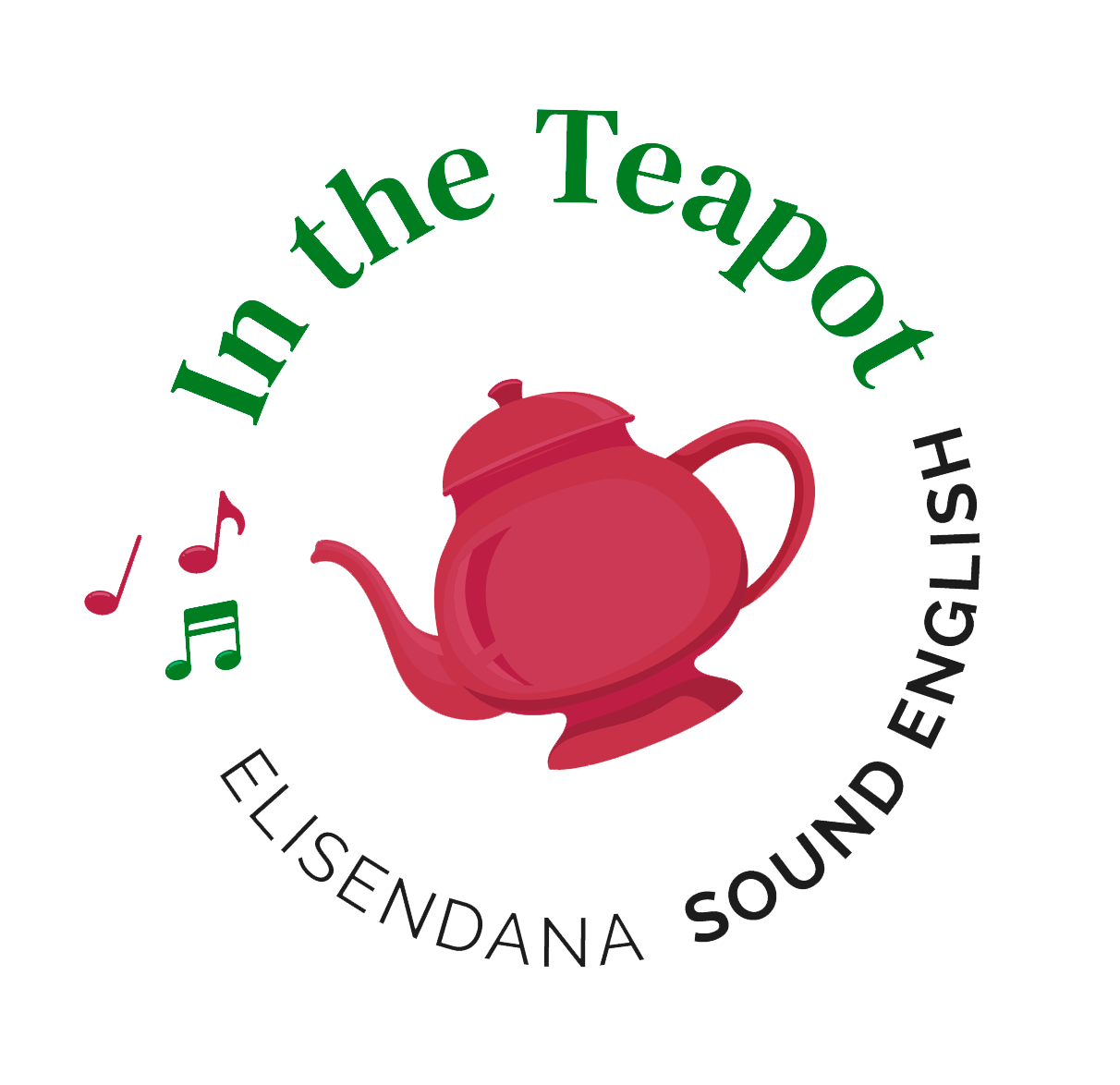An effective tool for improving your Pronunciation
In this post you will learn:
- Why pronunciation practices are rejected in classrooms.
- What the Verbo-Tonal method is and how it effectively helps students.
- The 5 principles of VTM and a brief explanation.
- How you can benefit from VTM to improve your speaking skills.
The problem of traditional pronunciation practice
For years, I have been listening to teachers say, ‘I’m not correcting more my student’s pronunciation because it’s a waste of time’. ‘Students repeat but don’t understand the corrections, then they make the same mistakes again and again’. This is the problem why many teachers have opted out. The majority of teachers in Spain, for example, are not teaching pronunciation. Or they are doing it ineffectively.
But, when I corrected my student’s pronunciation in my classes, I had better results. How’s that?
Of course, nothing happens overnight. It takes patience and training (for students and teachers alike). But this is what changed my perspective on the teaching of pronunciation. It’s called the Verbo-Tonal Method. And this is today’s entry. Enjoy!
The Verbo Tonal Method vs. Traditional Methods
The Verbo-Tonal Method (VTM) is unlike any other method you’ve ever tried before.
You may have experienced boring drills, endless repetitions, and frustrating corrections in your previous pronunciation classes. You may have felt insecure or unnatural when trying to imitate fake accents or memorize rules. You may have even given up on pronunciation altogether, thinking that it’s not important or not possible to improve.
How Verbo-Tonal helps students improve their pronunciation
But what if I told you that there is a better way to learn pronunciation? A way that will help you discover your own voice in English, by training your ear, your body, and your mind. A set of tools that will help you communicate better in English, by focusing on the music of the language: stress, rhythm, and intonation. A set of techniques that will help you enjoy learning English, by creating more bonds with your classmates, your teacher, and yourself.
Sounds too good to be true? Well, it’s not. VTM is a proven method that has been used for decades by thousands of learners and teachers around the world. It was originally developed by P. Guberina in the 1950s to treat people with hearing problems, but later it was adapted to teach foreign languages, from French. Catalan, Spanish to English, German, Russian and even Chinese Mandarin. Nowadays, teachers who work with this method share good practices through the CIPA (Centre International de Phonetique Appliquee) and other institutions around the world.
The 5 principles in the Verbo-Tonal Method
But how does VTM work? What makes it so effective and enjoyable?
Let me explain its five simple principles:
- Listening comes first.
- Focus on the prosody.
- Always in a context.
- Use the body.
- Training is important.
Let me explain each one briefly.
VTM at a glance…
1 – Listening comes first. The main idea behind VTM is that we pronounce incorrectly because we hear incorrectly. Our mother tongue interferes with our perception of new sounds, and sometimes we even reject them unconsciously. That’s why we need to train our ear to listen better and integrate the new sounds into our system.
2 – Focus on prosody. Prosody is the term that refers to the elements that give music to the language: stress, rhythm, and intonation. These elements are crucial for conveying meaning, emotion, and attitude in English. VTM helps you master these elements by using different techniques, such as contrastive stress exercises, rhythmic patterns, and intonation curves.
3 – Always in context. VTM does not teach sounds in isolation, but in a context. Sounds are like people: they need to socialize. They are affected by their neighbours, and they change depending on the situation. VTM helps you understand how sounds behave in different contexts, such as words, phrases, sentences, and dialogues.
4 – Use the body. VTM is not only a method for the ear and the mouth, but also for the whole body. Research has shown that using gestures, movements, and expressions can help you learn sounds better and faster. VTM encourages you to use your body to produce and perceive sounds, by clapping, tapping, gesturing, and miming.
5 – Training is important. VTM is not a magic pill that will make you speak perfect English overnight. It requires practice and dedication from your part. But don’t worry: it’s not boring or tedious practice. It’s fun and rewarding practice. You will become an explorer of sounds, a player of language, a creator of meaning.
An example of how to use the body…
Watch this video (minute 1:15-2:16). Notice how the teacher is using his hands to work on rhythm and asks students to do the same.
How I can help you further your speaking skills
Are you curious about VTM? Do you want to try it for yourself? Then schedule a direct call with me on my calendar ( https://elisendana.com/curso-sound-really-english/) or sign up to ‘In the Teapot-Sound English newsletter. You will receive direct posts in your inbox with valuable tips using VTM to help you become a more natural speaker. I will also be able to tell you every time I launch a new edition of my courses.
Hope to see you in our classes. Good luck with your practice!


